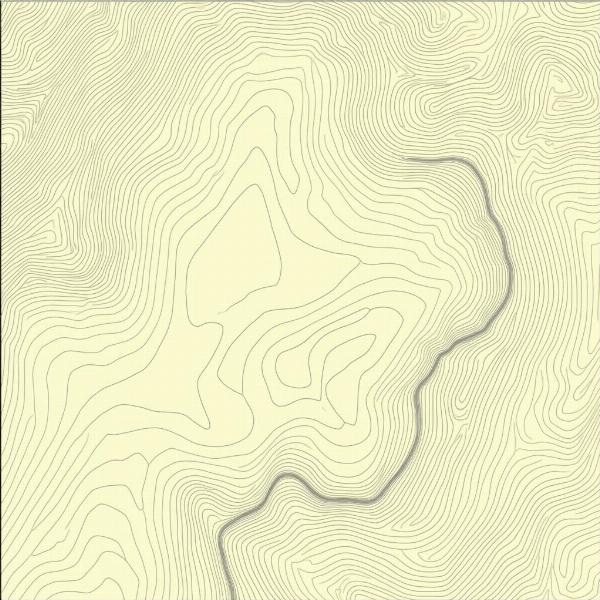Understanding the “relief meaning in Hindi in geography” is crucial for anyone studying the Earth’s physical features. Relief, essentially, refers to the difference in elevation between the highest and lowest points of a given area. It’s a fundamental concept in geography, helping us understand the shape and form of the land. Knowing the Hindi term for relief adds another layer to this understanding, particularly for those studying or working in India.
Understanding “Relief” in Geography
Relief is a core concept in geography, describing the vertical variations of Earth’s surface. It encompasses everything from the towering Himalayas to the deep trenches of the ocean floor. This variation in elevation creates the diverse landscapes we see around us, influencing everything from climate patterns to human settlements. Imagine the flat plains of the Gangetic valley compared to the rugged terrain of the Deccan Plateau – the difference lies in their relief. Understanding relief is key to grasping how natural processes shape our world.
Relief Meaning in Hindi: ऊँचाई में अंतर (Ūँचā’ī meṃ antara)
In Hindi, relief is most commonly expressed as ऊँचाई में अंतर (Ūँचā’ī meṃ antara), which translates literally to “difference in height”. This term accurately captures the essence of relief as the variation in elevation. While other terms might be used in specific contexts, ऊँचाई में अंतर (Ūँचā’ī meṃ antara) remains the most widely understood and accepted translation for “relief” within the geographical context.
Different Types of Relief
Geographical relief is categorized into various types based on the scale and characteristics of the elevation changes. These include:
- Mountains: Elevated landforms with steep slopes and high relief.
- Plateaus: Elevated landforms with relatively flat tops and moderate relief.
- Plains: Low-lying, flat areas with minimal relief.
- Valleys: Low areas between mountains or hills.
- Basins: Bowl-shaped depressions in the Earth’s surface.
Why is Understanding Relief Important?
Relief plays a significant role in shaping various geographical aspects. It influences climate, drainage patterns, soil formation, and even the distribution of plants and animals. Understanding relief helps geographers analyze landforms, predict natural hazards like landslides and floods, and plan for sustainable development. For example, the high relief of the Himalayas creates a rain shadow effect, impacting the climate of the Indian subcontinent. Understanding such relationships is essential for effective resource management and disaster preparedness.
Relief and Topography: स्थलाकृति (Sthalākṛti)
Closely related to relief is the concept of topography (स्थलाकृति – Sthalākṛti in Hindi). Topography encompasses a more detailed description of the land surface, including not only elevation but also the shape and arrangement of natural and artificial features. Topographic maps, known as स्थलाकृतिक मानचित्र (Sthalākṛtik māncitra) in Hindi, provide a visual representation of relief and other topographical details. These maps are invaluable tools for geographers, geologists, and urban planners.
How is Relief Measured?
Traditionally, relief has been measured using surveying techniques and instruments like levels and theodolites. Modern technologies, such as GPS and remote sensing, now provide more efficient and accurate methods for determining elevation and creating detailed digital elevation models (DEMs). These DEMs are widely used in geographical information systems (GIS) for various applications, from creating 3D visualizations of terrain to analyzing the impact of remote location meaning in hindi on accessibility.
 Relief Measurement: Topographic Map
Relief Measurement: Topographic Map
Conclusion
Understanding “relief meaning in Hindi in geography” – ऊँचाई में अंतर (Ūँचā’ī meṃ antara) – is fundamental to grasping the Earth’s physical characteristics. Relief, combined with other topographical elements, shapes our landscapes, influences our climate, and guides our interactions with the natural world. This knowledge is crucial for students, researchers, and anyone interested in understanding the forces that shape our planet.
FAQ
- What is the Hindi word for relief in geography? The most common Hindi word for relief in geography is ऊँचाई में अंतर (Ūँचā’ī meṃ antara).
- Why is relief important in geography? Relief influences climate, drainage, soil formation, and the distribution of flora and fauna.
- How is relief different from topography? Relief refers to elevation differences, while topography encompasses a more detailed description of the land surface.
- How is relief measured? Relief is measured using various techniques, including traditional surveying and modern technologies like GPS and remote sensing.
- What are some examples of different types of relief? Mountains, plateaus, plains, valleys, and basins are all examples of different types of relief.
- What is the Hindi word for topographic map? The Hindi word for topographic map is स्थलाकृतिक मानचित्र (Sthalākṛtik māncitra).
- Where can I learn more about relief meaning in geography in hindi? You can find more information online and in geography textbooks.
Meaning-Hindi.in is your one-stop solution for all your Hindi translation needs. We specialize in various translation services, including business and commercial documents, legal and certified translations, technical manuals, website localization, educational and academic materials, and orography meaning in hindi. Our team of expert translators ensures accurate and culturally sensitive translations for diverse clients. Contact us today at [email protected] or +91 11-4502-7584 for a free quote. Meaning-Hindi.in is dedicated to bridging language barriers and fostering effective communication.